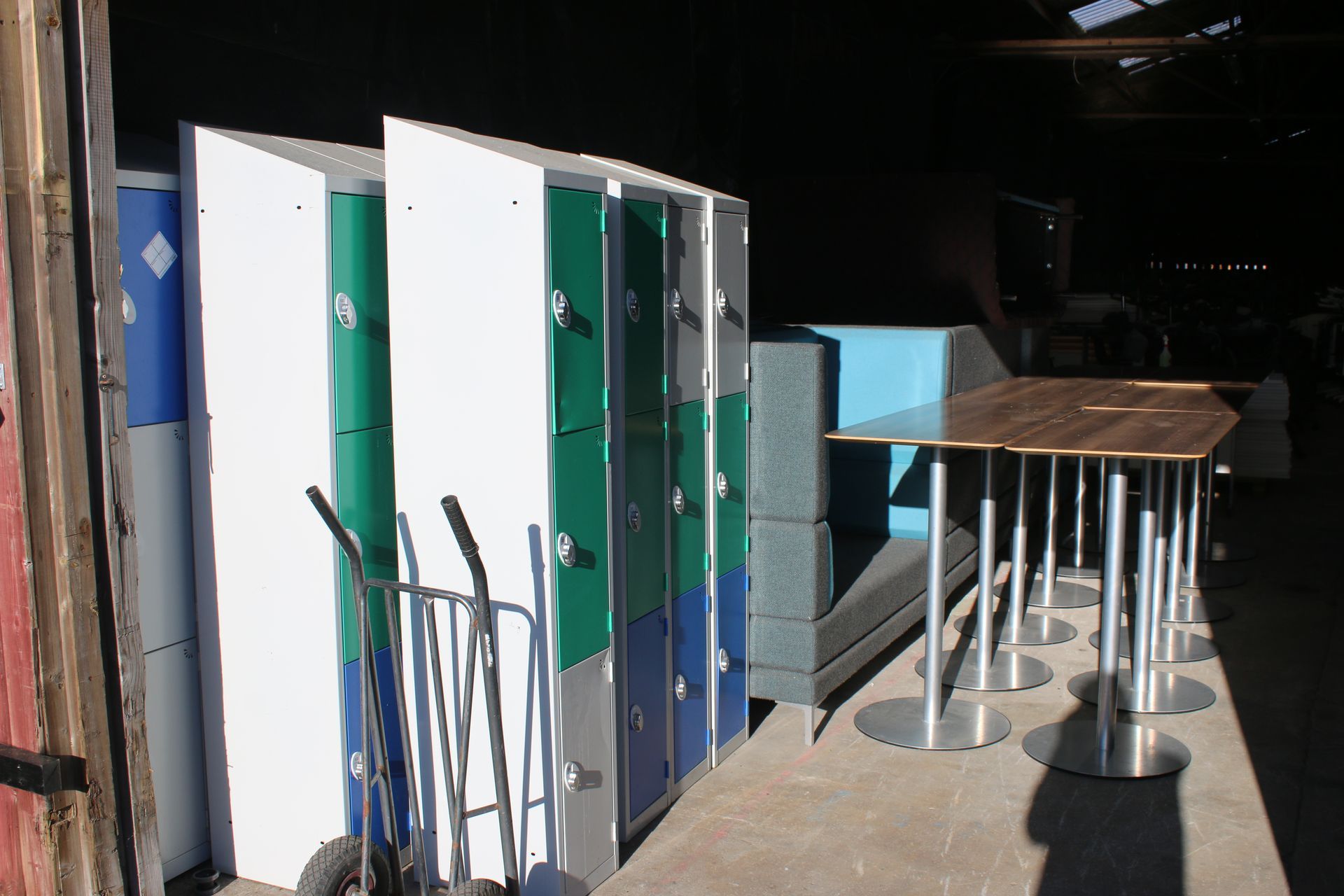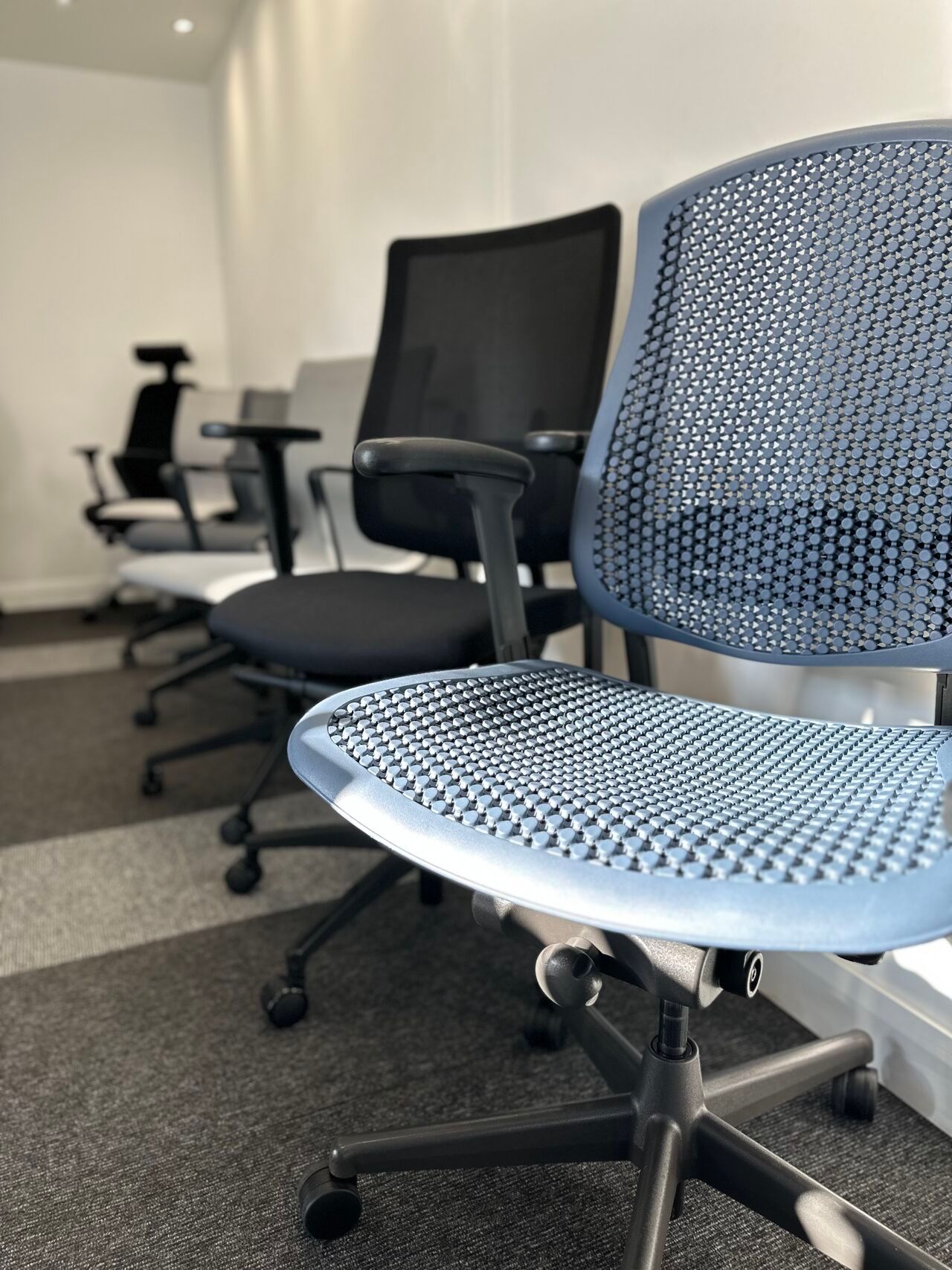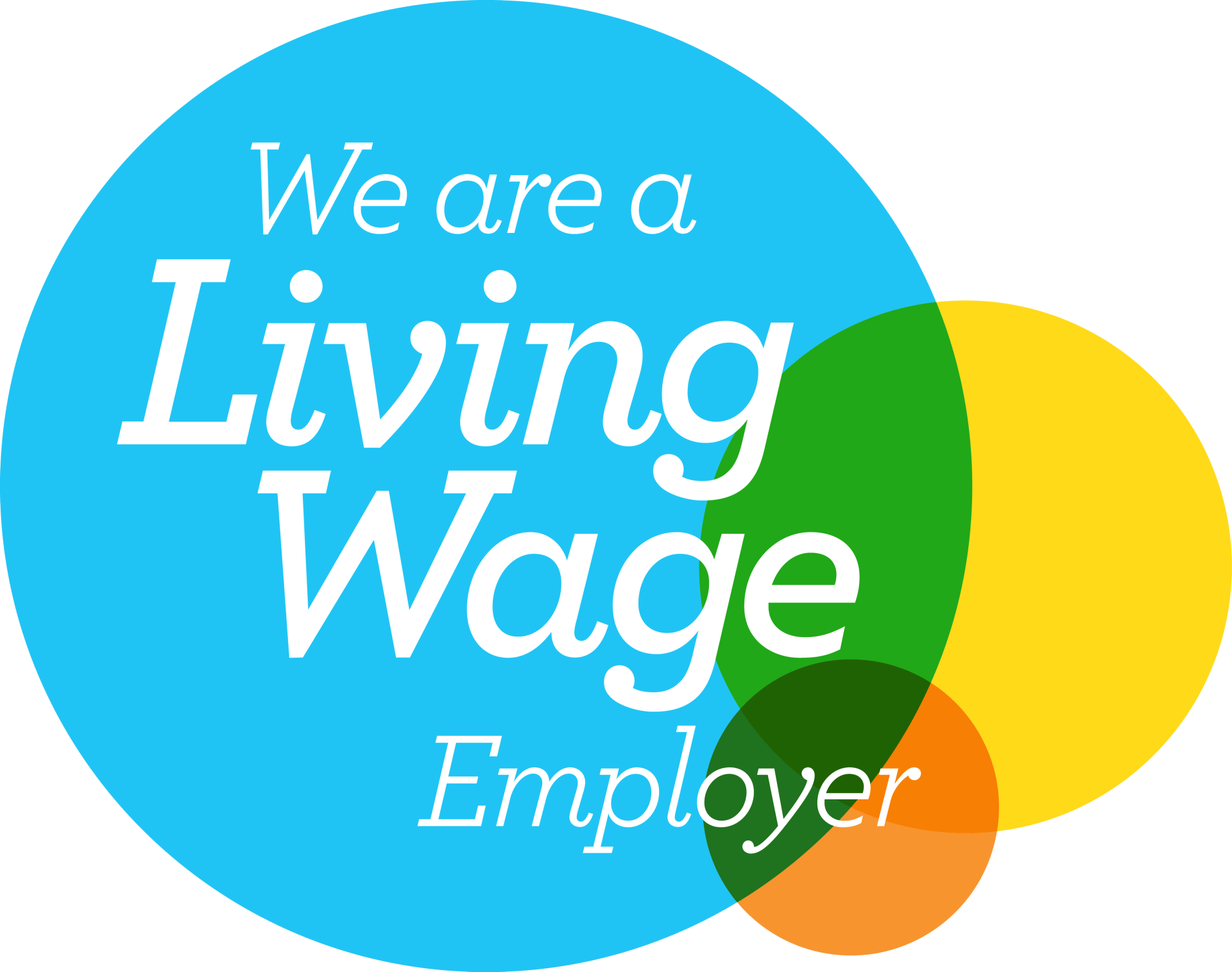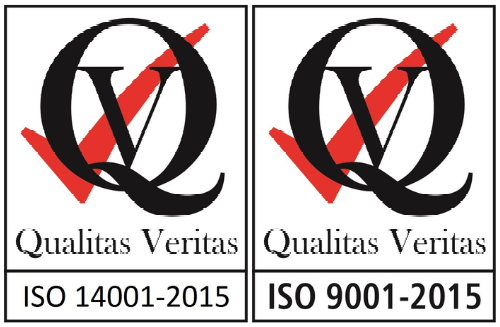2023 Impact Report on Reusing and Recycling Office Furniture
Sustainable Furnishings, Brighter Future: The Positive Impact of Office Furniture Reuse and Recycling in 2023
Our initiatives in refurbishing and repurposing office furniture have delivered substantial environmental benefits in 2023. Through our services, we have achieved a significant reduction in carbon emissions, underscoring the importance of circular economy practices in the corporate environment. This report breaks down the tangible impacts of our work, providing a clearer understanding of the environmental savings for stakeholders.
Key Achievements
- Refurbished/Repurposed Furniture: 5,793 items
- Recycled Furniture: 11,834 items
- Material Recycled: Over 549,000 kg
- Carbon Reduction: 1,137,834 kg CO2e
Detailed Breakdown of Items Reused
- Seating: 1,787 items; 128,664 kg CO2e saved
- Desks: 583 items; 20,405 kg CO2e saved
- Tables: 83 items; 2,905 kg CO2e saved
- Storage: 386 items; 19,300 kg CO2e saved
Refurbishment Impact
- Desks: 1,476 refurbished, saving 51,660 kg CO2e
- Chairs: 1,365 refurbished, saving 98,280 kg CO2e
Recycling and Material Breakdown
- Office Seating: 4,946 items
- Desks and Tables: 3,283 items
- Storage Units: 1,369 items
- Miscellaneous Furniture: 2,236 items
Materials Recycled:
- 167,000 kg of metal (217,100 kg CO2e saved)
- 115,000 kg of plastic (322,000 kg CO2e saved)
- 200,000 kg of wood (220,000 kg CO2e saved)
- 30,000 kg of general waste (24,000 kg CO2e saved)
- 34,000 kg of POPs (27,200 kg CO2e saved)
- 3,160 kg of cardboard (6,320 kg CO2e saved)
Understanding Carbon Savings: Making Sense of the Numbers
Carbon dioxide equivalent (CO2e) is a measure used to compare the emissions from various greenhouse gases on the basis of their global-warming potential.
To contextualise the CO2e reduction our efforts have facilitated:
- Equivalent to Annual Emissions: The 1,137,834 kg CO2e saved is akin to the carbon sequestered by over 18,935 trees grown for ten years in an urban environment.
- Vehicle Emissions: It's comparable to removing approximately 247 average passenger vehicles from the road for a year.
- Energy Usage: This savings corresponds to the energy used to power about 195 homes for one year.
The Importance of Recycling Metals
Energy and Carbon Savings
- Steel: Recycling steel uses 60-74% less energy than producing new steel from raw materials, significantly reducing carbon emissions.
- Energy Equivalents: For every kilogram of light iron recycled, roughly 1.3 kilograms of CO2 emissions are saved.
Resource Conservation
- Recycling a ton of steel conserves 1.8 tons of iron ore, 0.6 tons of coal, and 0.05 tons of limestone, reinforcing the circular economy and diminishing the environmental impact of new material extraction.
Recycling Plastics and Other Materials
- Plastics: Recycling plastics like PP can reduce emissions by up to 80-90% compared to virgin production.
- RDF and Biofuels: Utilising refuse-derived fuel and biofuels from materials like melamine-faced chipboard can displace fossil fuel use and avoid methane emissions from landfills.
Conclusions
The strides taken in recycling and refurbishing office furniture have not only resulted in considerable material reuse but have also contributed to substantial environmental savings. These activities directly contribute to the reduction of waste, conservation of resources, and a decrease in the demand for virgin material production, thereby playing a critical role in combating climate change.
Our continuous commitment to sustainable practices in office refurbishments and waste management exemplifies the potential of responsible business practices to make a real-world impact. The data presented in this report emphasizes the positive environmental outcomes of our initiatives and the importance of expanding such efforts in the corporate sector.
Did you find this article interesting? Continue that interest and contact us today to learn more.









